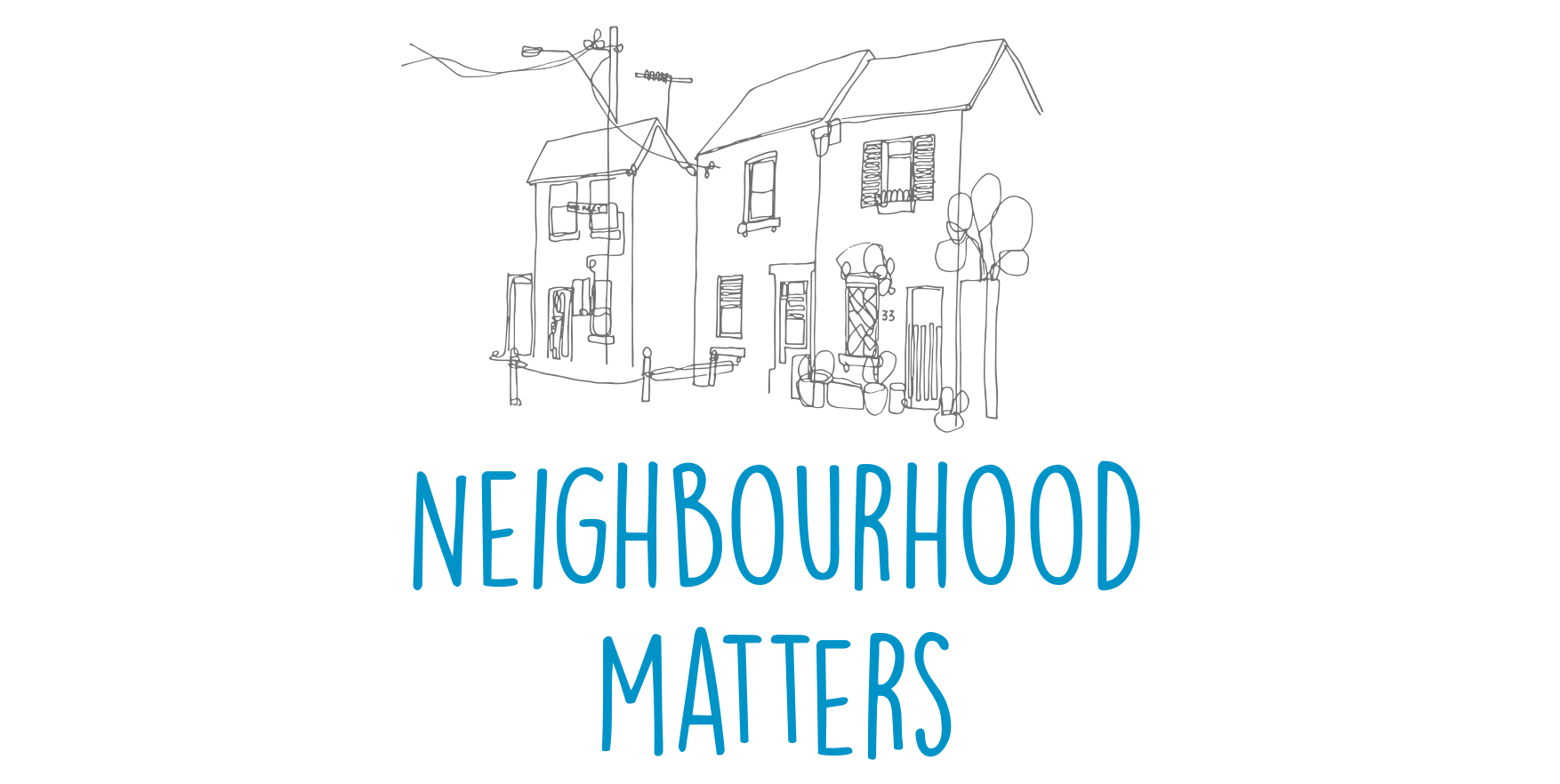Advent is a time of waiting and longing.
This season before Christmas we prepare our hearts, we make room for the Sacred in our lives in the midst of a world that can be frustrating, disappointing, broken and painful. We long for a better place to call home.
At Advent I turn to Mary the mother of Jesus who carried this man-God in her womb for a season. Mary had to learn to wait and long for the birth of this child into our world.
I think about the sacred space of Mary’s womb. Something so human, a uterus, carried something so special- God. I love this intertwining of the sacred and secular, the ordinary with the extraordinary. Flesh and blood mixes with holiness, the mundane mingles with the spectacular. How did Mary practice the discipline of discernment in this season I wonder? Initially she feared the Sacred. Did this ultimately turn to joy? We see from the Magnificat (Luke 1:46ff) that it did!
What are the sacred spaces that you could make way for at this season in your life and in the neighbourhood? Where do you find the ordinary and extraordinary mingling? How can you practice discernment of the Holy Spirit this season? The Spirit sends us out on mission just as (S)He did with Mary, can we cooperate and join with God in the redemption of our neighbourhoods? Is this what we long for?
I love this quote by Henri Nouwen:
Jesus is deeply connected to the earth on which he walks. He observes the forces of nature, learns from them, teaches about them, and reveals that the God of Creation is the same God who sent him to give good news to the poor, sight to the blind, and freedom to the prisoners. He walks from village to village, sometimes alone and sometimes with others; as he walks, he meets the poor, the beggars, the blind, the sick, the mourners, and those who have lost hope. He listens attentively to those with whom he walks, and he speaks to them with the authority of a true companion on the road. He remains very close to the ground.
Jesus’ spirituality was grounded. He practiced constant discernment of the presence of God wherever he went.
If we believe in and practice an incarnational Christianity, which grounds us in our neighbourhoods, we will see our neighbourhood as a sacred space filled with God’s activity. If we believe that our neighbours bear the image of God and that “God is with us”, then we will frequently be trying to connect with what God is doing
in our local community. A “God is with us” spirituality will take seriously the presence of God in our lived environment, leading us to discern the Spirit working through the intricate ecosystem of the stories in our community.
This means we must eliminate hurry from our lives. It means slowing down enough this season to take notice of the sacred in and around us.
Andrew Sullivan in his essay “I used to be a human being” makes this interesting observation:
The reason we live in a culture increasingly without faith is not because science has somehow disproved the unprovable, but because the white noise of secularism has removed the very stillness in which it might endure or be reborn…. If the churches came to understand that the greatest threat to faith today is not hedonism but distraction, perhaps they might begin to appeal anew to a frazzled digital generation.
To find sacred space this Advent we need to slow down and begin again to notice the quiet whispers of the Spirit. How is God speaking to you? What is God saying? What are the spaces in your community where you can see God at work? What are the “sacred spaces” where there is a sense of the spiritual mixing with the ordinary? Are there parks, memorials, artworks, other spaces where people can get away from the buzz of everyday life to contemplate the spiritual? Perhaps this is a season that we can invite our non-Christian friends to participate in as they long for a better world with us.
How can you slow down to discern the sacred in this season of Advent?
